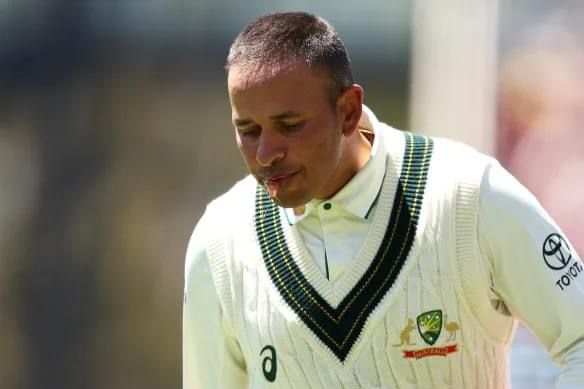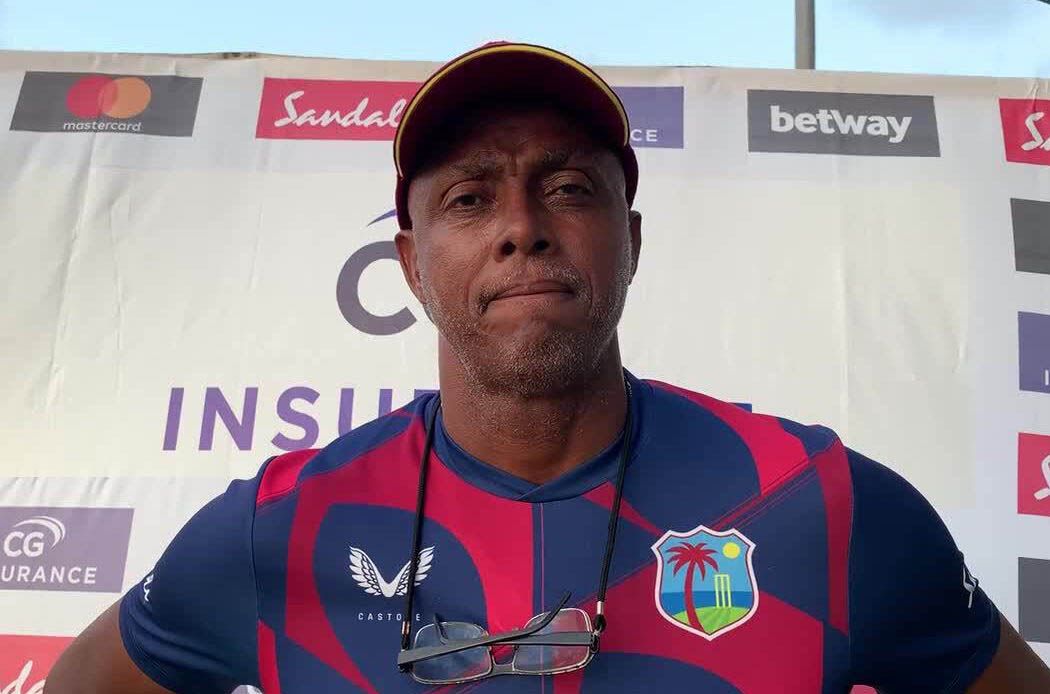
The cricketing community and beyond have been shocked to learn of the death of a West Indies Cricket Posse player who had suffered a head injury during a recent match. This sad event raises serious concerns about player safety and the protocols in place to safeguard athletes, and it serves as a sharp reminder of the risks inherent in the sport.
According to reports, the player in question—whose name is still unknown as of this writing—was involved in a crucial incident during the game that resulted in a serious head injury. The athlete passed away from their wounds early the next morning, despite receiving emergency medical assistance and trying to stabilize their condition.
The game of cricket, which is praised for its talent, strategy, and thrilling moments, is not without risk, especially when it comes to injuries that may occur while playing. Particularly concerning are head injuries because of the possibility of long-term effects and, in extreme circumstances, death. Despite the fact that contemporary cricket helmets are made to provide a high level of protection, mishaps involving the game’s pace and force can nevertheless cause catastrophic injuries.
International cricket bodies have been updating and reinforcing safety standards in reaction to similar events. These include requiring fielders and batsmen near the wicket to wear helmets, evaluating players medically on a regular basis, and providing emergency care in the event of an injury. Even with these precautions, sad incidents like this serve as a reminder of how unpredictable sports can be and how crucial it is to maintain constant watchfulness to protect player safety.
The emotional toll of such catastrophes is significant, even beyond the technical implications of safety equipment and processes. The loss of a gifted athlete whose life was cut short in the pursuit of their passion is mourned by teammates, coaches, fans, and the larger cricket community. Like all sports, cricket encourages a sense of solidarity and fraternity among its participants, which makes losing one of their own all the more painful.
The incident also makes one consider the larger social and cultural backdrop of sports. It calls into question the proper ratio of safety to competitiveness as well as the regulatory authorities’ obligations to put player welfare first. There may be talks about how to improve safety precautions even more, raise people’s knowledge of possible hazards, and give athletes enough support during and after their careers.
The world of cricket has been incredibly supportive and condoling in the wake of such a catastrophe. Social media is flooded with condolences, emphasizing the effect this tragedy has had on both fans and fellow players. These shows of support are led by the player’s family and loved ones, who are going through unfathomable loss.
There will surely be calls for a comprehensive review of safety procedures and practices within cricket as investigations into the circumstances surrounding the event take shape. In order to guarantee that players and spectators alike may continue to enjoy the sport in safety, authorities may decide whether additional steps are required to reduce the likelihood of situations of this nature occurring in the future.
In the end, this tragedy has affected cricket globally, but it has also served as a sobering reminder of how fleeting life is and how vital it is to savour each moment. In addition to coming together to grieve the loss of a gifted athlete, the community is determined to remember them and work for a safer future for all others who play the sport they love.
Leave a Reply